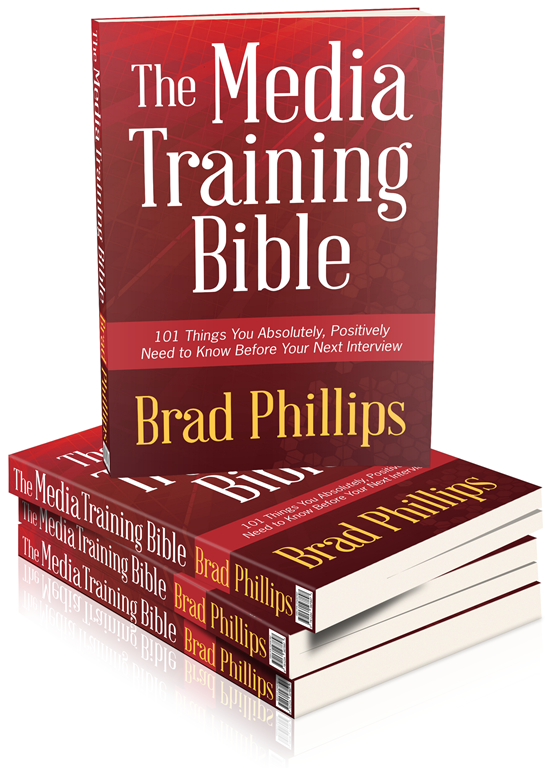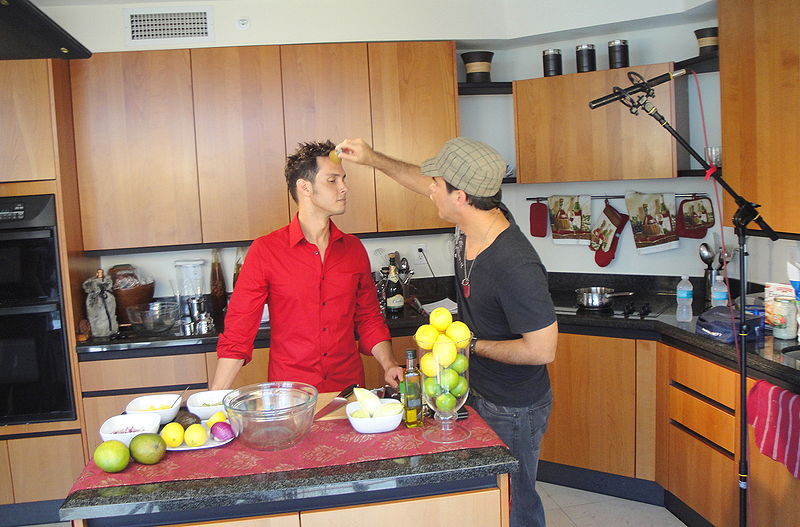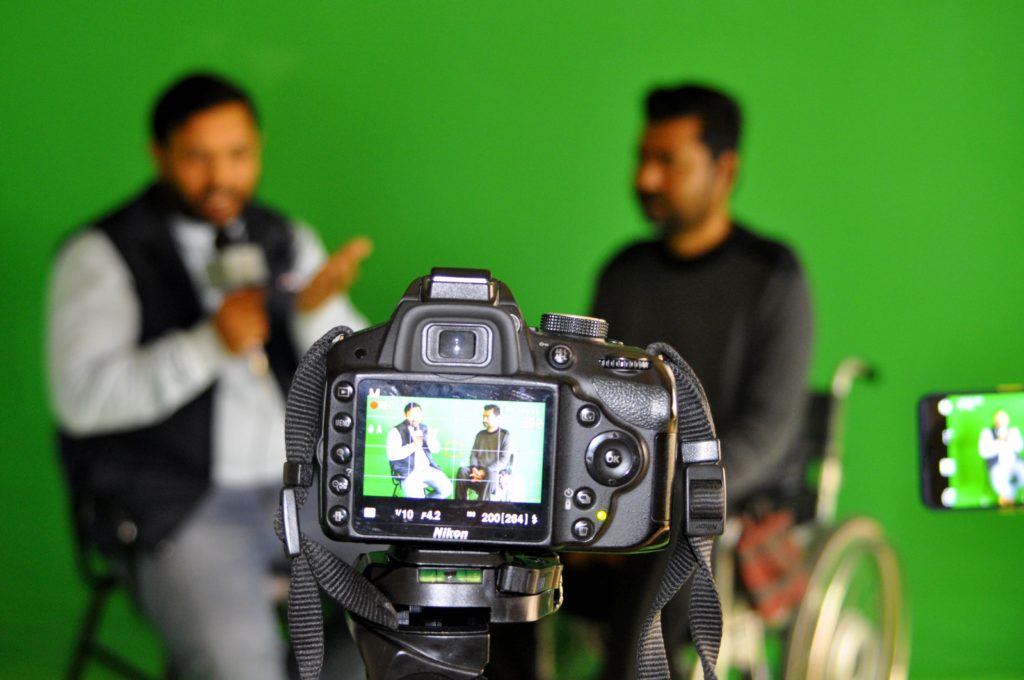Five Less Common Media Formats
This is an excerpt from The Media Training Bible: 101 Things You Absolutely, Positively Need to Know Before Your Next Interview, available in soft cover here and for the Kindle here.
Spokespersons may encounter a few additional media formats. Be sure to familiarize yourself with these five possibilities:
1. Editorial-Board Meetings
Many newspapers have editorial boards, which are composed of a small group of editors who write the editorials, or “official viewpoints,” that appear in each morning’s paper. The editors who pen them are typically not news reporters (whose reporting is supposed to avoid expressing personal viewpoints). Editorials are different than “op-eds,” which are usually written by members of the community.
Meetings with editorial boards are opportunities to influence the editors to adopt your viewpoint. Treat these meetings the same way you would a news interview: anything you say can be quoted, and some editorial board meetings may be audio- and/or videotaped. Some editors ask aggressive questions, especially of spokespersons who represent a controversial brand or idea, so prepare thoroughly for your meeting.

2. Deskside Briefings
Deskside briefings are similar to meetings with editorial boards, but are usually one-on-one exchanges with an individual journalist at his or her office (hence the name “deskside”) rather than with larger groups. The casual and often friendly nature of deskside briefings can lead spokespersons to stray off their messages, so remember to treat everything you say as a quotable comment.
3. Walk and Talks
Have you ever seen a television interviewer conduct an interview while walking down a street or hallway with the interviewee? Some reporters are fond of conducting interviews as “walk and talks,” since they tend to relax the person being interviewed and are more visually interesting than a typical in-studio interview.
This can be a difficult format, since you have to focus on where you’re walking in addition to relaying your message. Walk slowly—and if you find yourself getting distracted, stop walking for a moment and turn toward the interviewer while making a key point.
4. Demos
Some talk shows, including daytime chat programs, ask guests to do a demonstration, or “demo.” Chefs show viewers how to cook lasagna, home decorators demonstrate how to inexpensively design a living room, and physicians teach people how to perform a self-examination.
Delivering a demo in just a few short minutes can be a major challenge. Do several on-camera practice rounds in advance to get your timing and delivery down, and be prepared to handle any unexpected moments that occur.
5. Comedy Shows
One thing I’ve learned through the years is that almost everyone thinks they’re funny. So when they appear on a late-night talk show such as The Tonight Show or The Daily Show with Jon Stewart, their inclination is to try to crack a joke or two. It’s usually a bad idea.
Unless you’re a comedian, it’s usually best to avoid competing for punch lines. Stephen Colbert, host of Comedy Central’s The Colbert Report, even tells his guests beforehand to play it straight. Let the comedian do the jokes—comedy isn’t as easy as it looks. Just bring your good humor, a warm smile, and a willingness to go along with the joke.
This is an excerpt from The Media Training Bible: 101 Things You Absolutely, Positively Need to Know Before Your Next Interview, now available in paperback, for Kindle, and iPad.




Deskside media tours are a standard tool in my toolbox. We tend to do them once every 18 months with members of the trade media. But as you suggest, we prepare thoroughly for them, so as not to stray from our message. We do journalist backgrounders so that we understand what the journalist is most interested in discussing, as well as what they’ve said before about topics of interest to us. We’ve found them to be very effective in establishing a rapport with trade journalists and getting them to think of us when they have story opportunities.